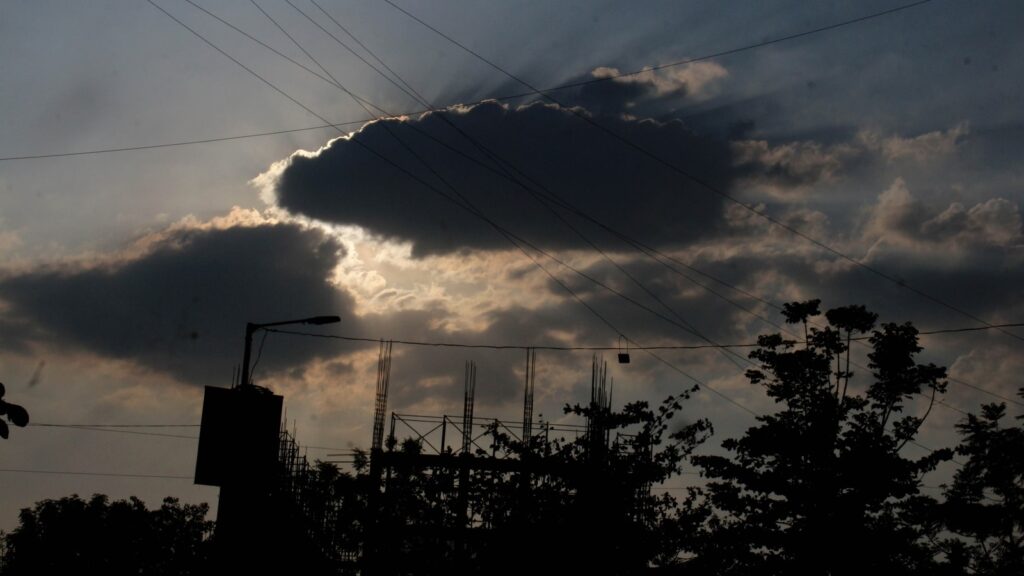On Thursday morning, Delhi woke up to a blanket of fog enveloping the city, sending the mercury plunging to 15.8 degrees Celsius (°C), the lowest in 41 years. On Wednesday, it was nine degrees below the normal. On Tuesday, it was 11 degrees below the average in May. And on Monday, Delhi clocked a maximum temperature of 26.1°C, or 13 degrees below normal, in what was the city’s coldest start to the month since at least 2011, as per the India Meteorological Department (IMD). The cooler climes, thanks to a western disturbance, have ensured that the weather office is not expecting a heatwave in the northern region till the second week of May. And while this aberration in the weather has brought relief to millions of residents, it may also hold an unwelcome portent for the upcoming monsoon, which is expected to be sapped of some energy by the Pacific-warming phenomenon El Nino.
When India heats up quickly between April and June, it creates a low-pressure area that sucks in moisture-laden air from the Arabian Sea. In the absence of this monsoon trough – an intense low-pressure band created by the heat absorbed by land and fed back into the atmosphere – the monsoon loses one of its main drivers. Though there are other factors, this may have an outsized impact in a year where other concerns linger – IMD’s forecast of the June-September monsoon at 96% of the long-period average (LPA) is at the lowest end of the 96%-104% band considered normal. Policymakers will have to monitor more closely how El Nino is developing and whether the rainfall has a geographical or temporal skew. Since a large chunk of India’s agriculture rides on the back of the monsoon, such monitoring and tweaks in policy may turn out to be crucial.

